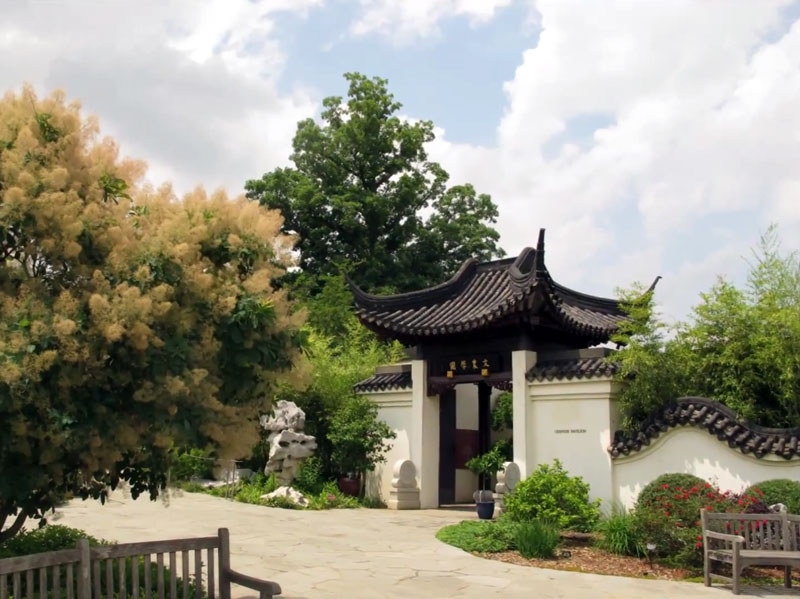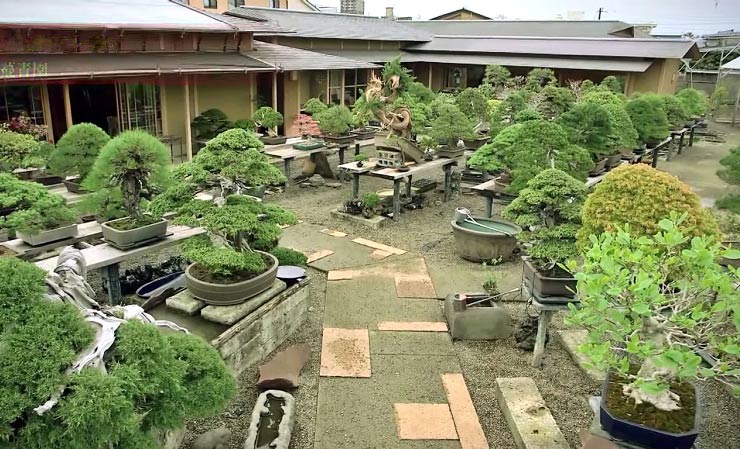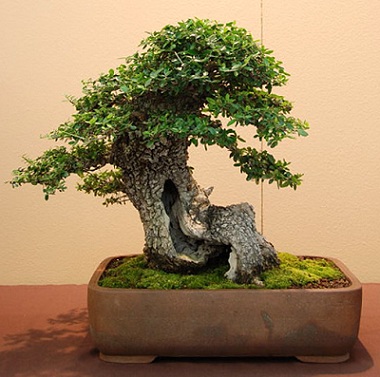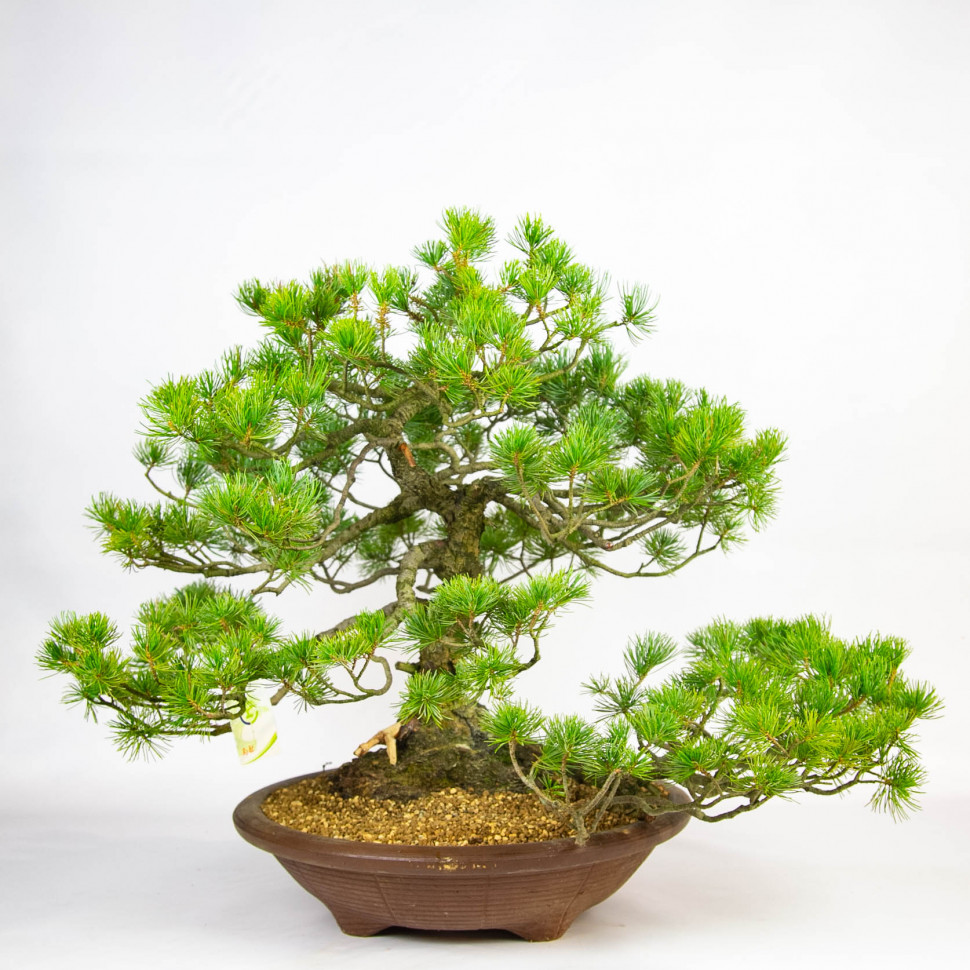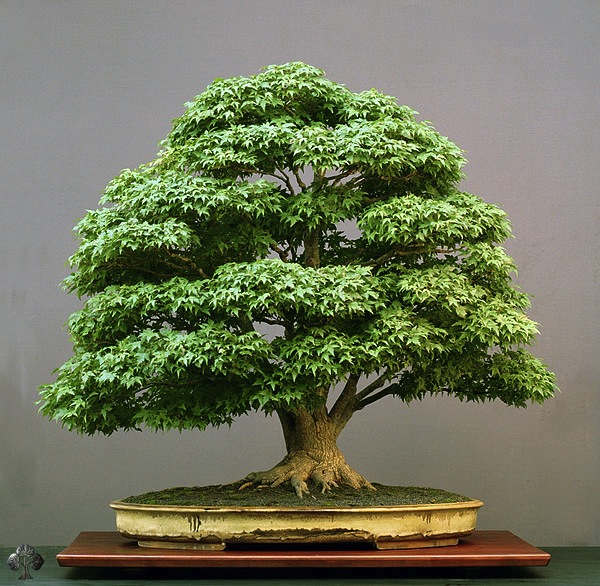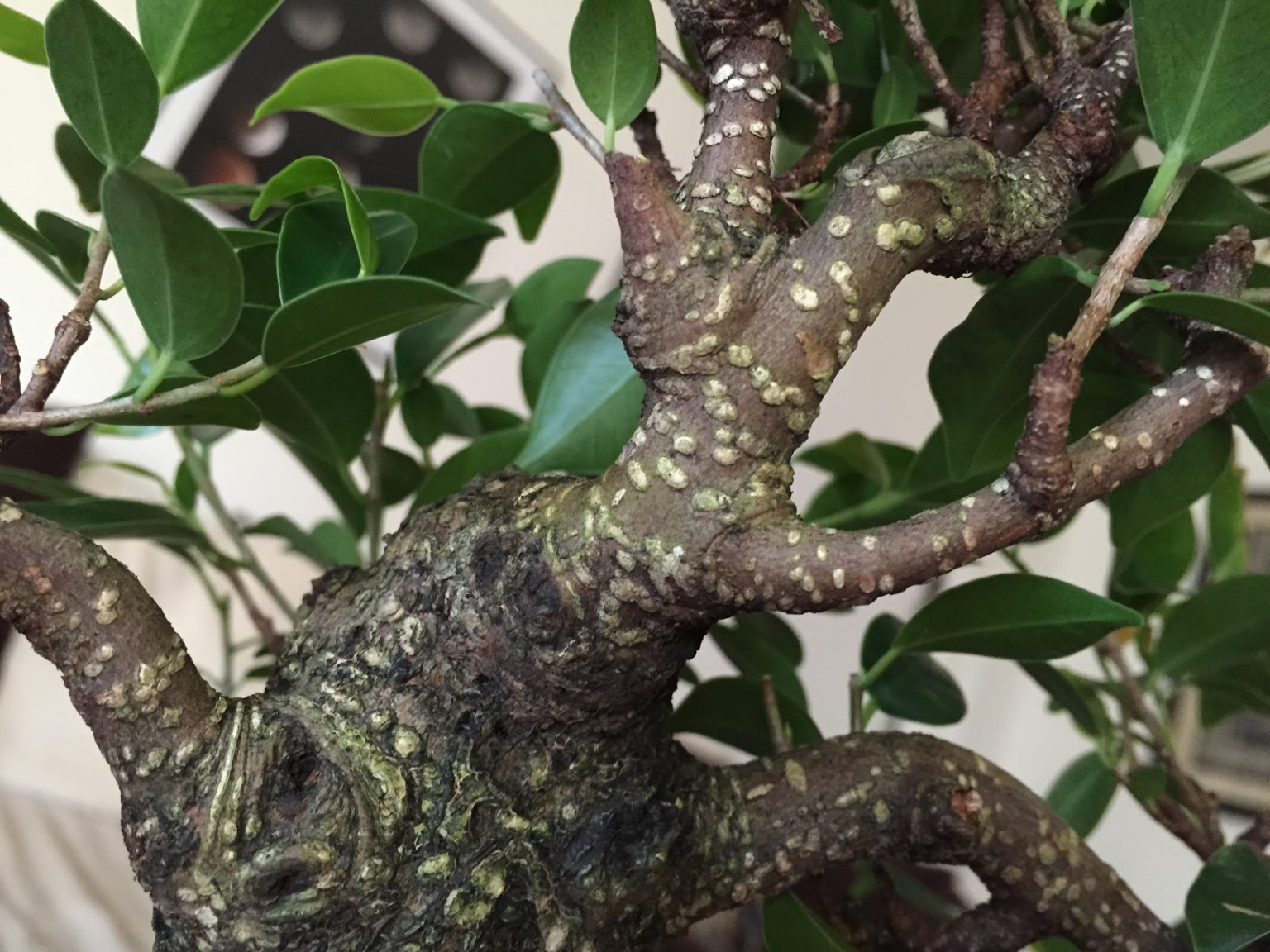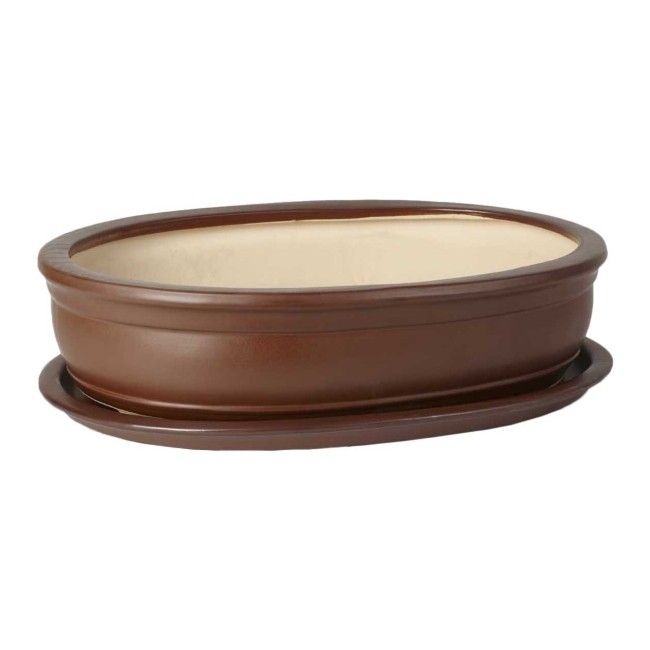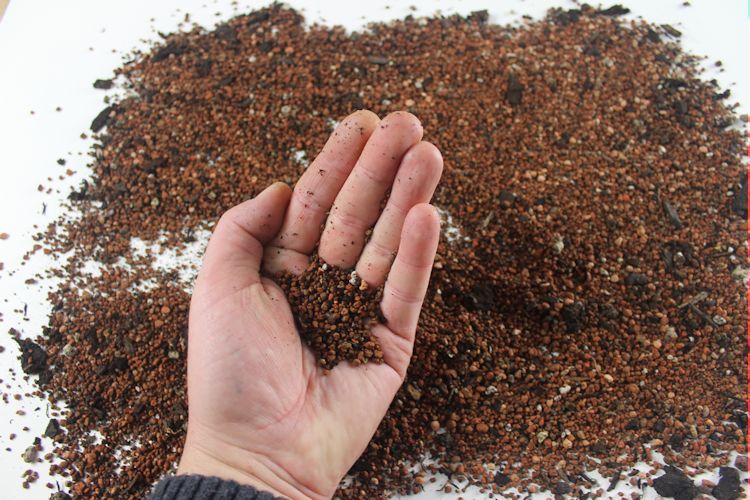Asian black pine is one of the symbols of bonsai. Not many trees can convey all the beauty and subtlety of the art of bonsai, as Pinus thunbergii does. It will take many years to achieve a good result, so it is important to have patience and skills if you want to grow this plant yourself.
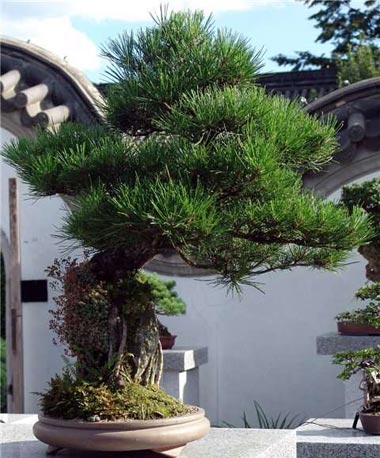
Black pine is a hardy tree that tolerates all bonsai growing methods well.
Soil:
Clay soil, sand and in a ratio of 1:1. Young trees can be given more sand, older trees require more clay soil. Renew the soil by 2/3 each time you replant the plant.
Lighting:
Pines are light-loving. Does not require shading from direct sunlight, except for very hot summer days. If you keep the plant in the open sun all summer, the color of the needles will be slightly yellowish, shading the Asian black pine you will achieve a dark green crown.
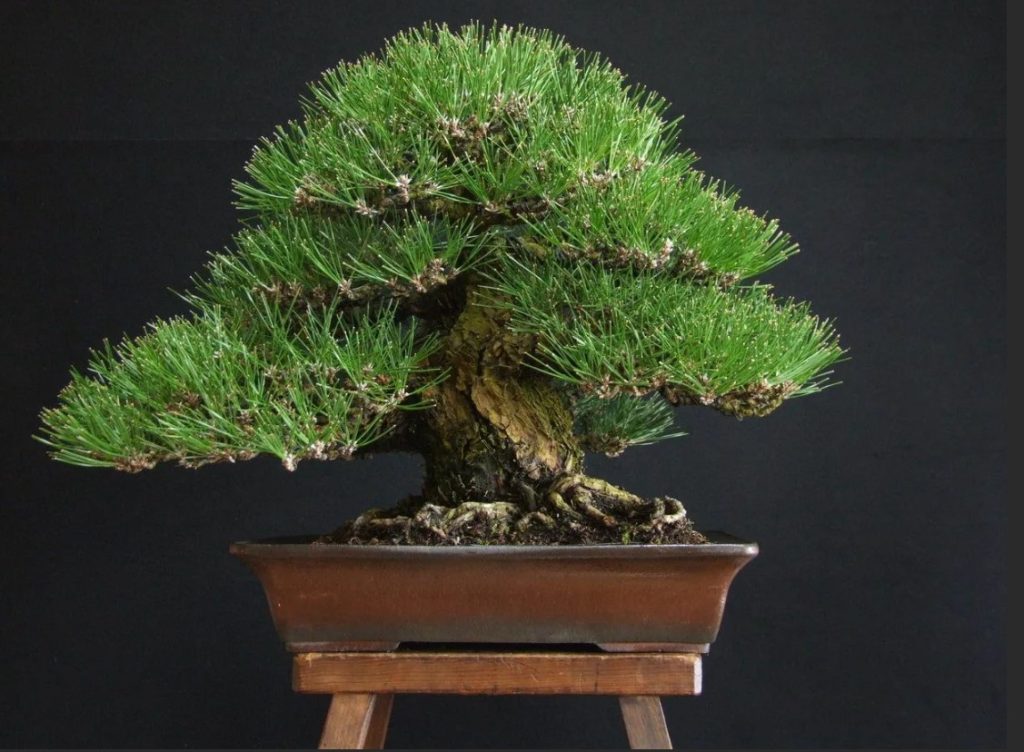
Temperature:
High temperatures in summer can "cook" the roots in the pot, so it is worth covering the container from direct sunlight, also protect newly pruned trees. In winter, place the plant in a cool place where the temperature does not fall below 0 ° C.
Watering:
Keep the soil evenly moist, but do not overwater. Black pine prefers drier soil and can tolerate mild drought. They tolerate tap water well. The recommended pH is 5.5-6.5.
Top dressing:
Use special fertilizers from March to September.
Formation:
Black pine should be handled constantly and very carefully. Regular pinching is necessary. To prevent the plant from losing too much sap, prune it during the dormant period. Remove large branches in early spring, so that a large wound will heal faster. Pinch the pine throughout the summer, serious one-time reduction is permissible only on strong and healthy trees. Wire should be applied at the end of winter, but do not do this if the tree is weak. Asian pine is a fairly flexible tree. With proper handling, even an old trunk can be shaped.
Purchasing a plant:
Asian black pine can be purchased in specialized stores. Young specimens are usually available for sale. It reproduces by seeds.
Pests and diseases:
The most problematic pest is the red spider mite. It usually attacks sick or weakened trees. The best way to check for this pest is the following: take a white sheet of paper and shake the branches a little, the red mite will be clearly visible on a white background. It is controlled with special pesticides.
Other problems include aphids and powdery mildew, which are controlled using general methods.

